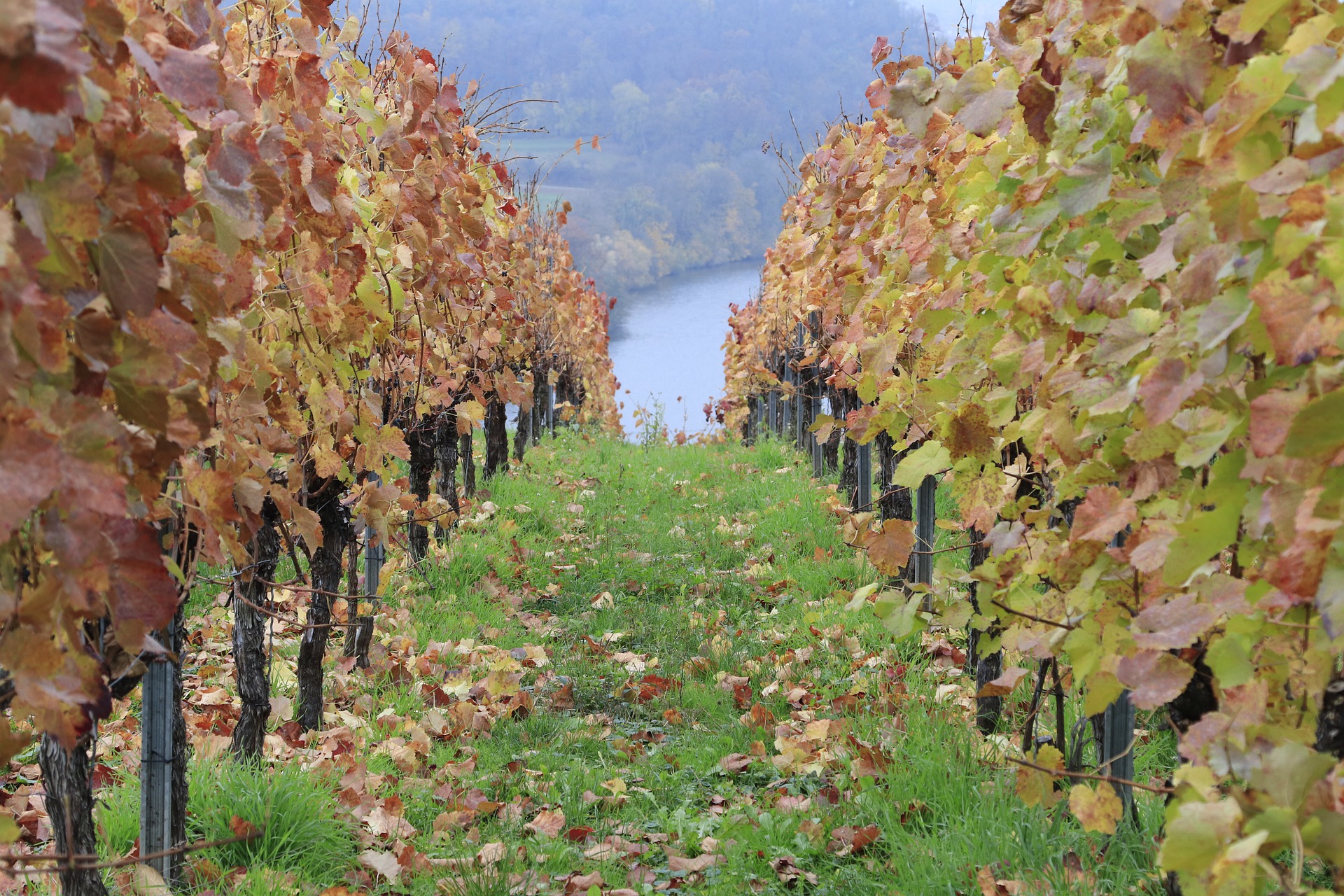
EUROPE – COM: The European Green Deal
12 June 2020
EUROPE – COM: Updated overview of AIR4 and AIR5 applications
29 June 2020Further to a public consultation conducted from 24 September to 5 November 2018, EFSA published a scientific report as regards the ‘repair action’ undertaken on the FOCUS surface water scenarios commissioned by the European Commission.
The major revisions made by the working group are summarised below.
Assessment period over 20 years
The current 12- or 16-months assessment periods for the estimation of predicted environmental concentrations in surface water (PECsw) were replaced by a 20-year assessment period by use of additional weather data.
In addition, the following miscellaneous revisions were conducted:
- A warming-up period of 6 years was added also for the run-off scenarios to account for the potential accumulation in sediment of more persistent substances;
- Irrigation routines were revised to be based on water balances calculated internally by FOCUS models;
- A revision of how crop interceptions are estimated in FOCUS MACRO and PRZM was made to ensure consistency with the other exposure models (i.e. for groundwaters and soil);
- A revision of the cumulative drift probability was made in case of multiple applications (90th percentile drift values considered at the last application). In this way, modelling of PECsw following single application is no more necessary in case of multiple applications;
- Adaptations were made to the calculation of the correction factor for metabolite formation in the upstream catchment.
Application date selection approach
A revision of the application date selection approach was needed because of the implementation of the new 20-year assessment period. The new approach is based on the link between the BBCH stage as intended in GAP and the calendar date at which this BBCH stage is actually reached over the years at each scenario location.
For single application, an application window was set to ±3 days around the intended application date (corresponding to intended BBCH). For multiple applications, an application window of 3 days prior to 1st application and 3 days after last application was set.
The modification of the application date selection approach allows to reduce the variability of input parameter selections related to application timing and therefore increases user confidence in PECsw calculations.
Besides, it is noted that the maximum number of applications that can be modelled, currently limited to 8, was increased to 50. The use of irregular application interval was also implemented.
Active substance parameter correlated with soil properties
In case of significant change in substance properties within a soil pH range from 5.1 to 8.0, the working group recommended to run individual modellings with substance properties representative for soil pH of 5.1 and of 8.0.
No recommendation was made as regards the soil clay content as this property is already part of the FOCUS scenario definition.
Description of wash-off from crops
Modifications were made in PRZM to ensure more consistency between PRZM and MACRO as regards foliar wash-off. The working group also proposed a revision of the wash-off coefficient used in surface water exposure scenarios to ensure a complete harmonisation with the coefficient used in groundwater and soil exposure scenarios.
PECsw processing times
An improvement was made in the computational approach of TOXSWA which should shorten the project run-time.
The working group underlined that the option of automatically running MACRO and PRZM within SWASH is of interest but could not be addressed within the present mandate.
Drift scenarios
- The ‘vines early’ drift scenario was removed from the exposure assessment as the drift values were derived from application techniques that are not standard farming practices;
- BBCH stages were set to discriminate the ‘pome/stone fruits, early’ and ‘pome/stone fruits, late’ drift scenarios: the less conservative ‘pome/stone fruits, late’ drift values will apply from BBCH 71 to 95. The more conservative ‘pome/stone fruits, early’ drift values will apply to other BBCH stages.
- A downward spraying scenario to tall permanent crops (e.g. orchards, vineyards) was introduced to cover for example an herbicide use. It combines the drift of low arable crops with the default distance to water bodies of tall permanent crops.
Use and presentation of results
PECsw are estimated for each year of the new 20-year assessment period. Without setting a definitive temporal percentile for deriving the overall PECsw, the working group recommended to apply a temporal percentile between the 50th and the 90th percentile, the 90th percentile being more in line with the original intentions of the FOCUS working group. The working group highlighted that the temporal percentile may also be selected by integrating effect modelling on aquatic organisms and the overall exposure pattern rather than to use a fixed temporal percentile.
The working group noted that the revised FOCUS step 3 surface water scenarios do not necessarily cover the current FOCUS step 2 PECsw calculations. A revision of FOCUS step 1-2 is therefore recommended.
For sediment, exposure scenarios were revised in such a way that:
- PECsed can be estimated in total content on organic matter (OM) basis (µg/kg OM), in total content on dry sediment mass basis (µg/kg dry sediment mass) and in pore water basis (µg/L), and
- concentrations are averaged over the top 1 and 5 cm for the risk assessments for benthic invertebrates and macrophytes, respectively.
The working group however noted that the approach for PECsed calculation, even after revisions, is not conservative enough. Sediment-dedicated worst-case scenarios would be needed.
Dealing with rotational crops
The working group concluded that crop rotation was already implicitly included in the FOCUS exposure scenarios and it did not necessitate further revision.
Other miscellaneous modifications
- New data available indicate that a complete and well-established vegetation cover within and between tall permanent crop rows is no more representative of current agricultural practices. A more realistic vegetation cover is now considered for the surface run-off route in tall permanent crop;
- A revision of the procedure for the drainage route in the run-off scenarios was made;
- The estimation water temperature in the exposure scenarios was improved.
The working group concluded that the revised FOCUS exposure scenarios for surface water delivers PECsw that are in the range of those delivered by the current FOCUS approach. However, the new exposure scenarios are considered to be less dependent on the application timing and thus, more robust.
To download:
Revision of Surface Water FOCUS scenarios: EFSA report and Outcome of the Public Consultation
Lynxee consulting’s team is at your disposal to answer your questions.
Contact us! https://lynxee.consulting/en/contact/


